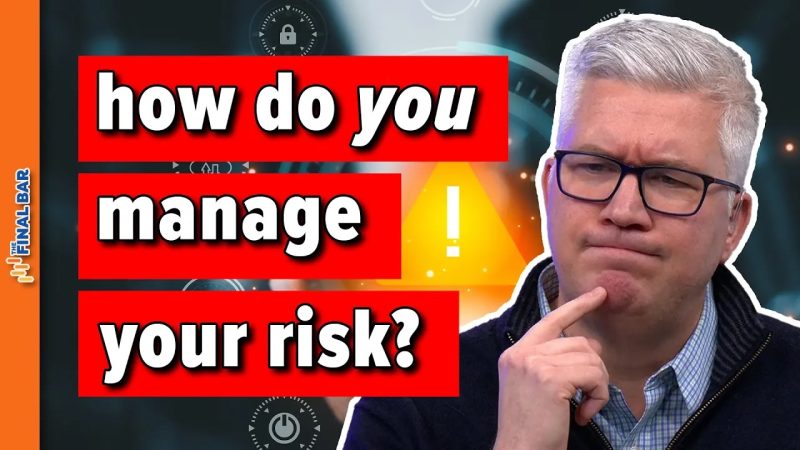In the realm of finance and investing, managing risk is a crucial aspect that can greatly impact the success or failure of a portfolio. Different strategies and tools are employed by market participants to analyze and mitigate risks, one of which is technical analysis. Technical analysis involves studying past market data, primarily price and volume, to forecast future price movements. By identifying trends and patterns in price movements, investors can make more informed decisions and manage risk effectively. Let’s delve deeper into how technical analysis can be utilized for risk management.
1. **Identifying Trends:** One of the fundamental principles of technical analysis is to identify trends in the market. Trends can be classified as uptrends, downtrends, or sideways trends. By analyzing price movements using tools like trendlines or moving averages, investors can gauge the direction in which an asset is moving. This information is vital for making decisions on when to enter or exit a trade, thereby managing the risk of potential losses.
2. **Support and Resistance Levels:** Another key concept in technical analysis is support and resistance levels. Support represents a price level at which a security tends to stop falling and bounce back, while resistance denotes a level at which the price tends to stop rising. By identifying these levels on a price chart, investors can set stop-loss orders or profit targets accordingly. This helps in managing the risk of adverse price movements and locking in profits at opportune moments.
3. **Indicators and Oscillators:** Technical analysts often utilize various indicators and oscillators to complement their analysis. These tools provide additional insights into the market dynamics and can help in detecting overbought or oversold conditions. Common indicators like the Relative Strength Index (RSI) or Moving Average Convergence Divergence (MACD) can signal potential reversal points in the market. By incorporating these signals into their risk management strategy, investors can make informed decisions and avoid unnecessary losses.
4. **Risk-Reward Ratio:** Risk management in trading is not solely about avoiding losses but also about balancing risks with potential rewards. Technical analysis helps in determining the risk-reward ratio for a trade by identifying entry and exit points based on the analysis of price patterns. By setting realistic profit targets relative to the potential loss, investors can ensure that the risk-reward ratio is favorable before initiating a trade. This disciplined approach can minimize losses and maximize profits over the long run.
5. **Continual Monitoring and Adaptation:** Lastly, risk management using technical analysis requires continual monitoring of market dynamics and adapting to changing conditions. Markets are constantly evolving, and patterns that worked in the past may not hold true in the future. Therefore, investors need to stay informed about developments in the market and adjust their risk management strategies accordingly. This proactive approach can help in staying ahead of potential risks and seizing profitable opportunities.
In conclusion, technical analysis is a powerful tool for managing risk in the financial markets. By analyzing price movements, identifying trends, support and resistance levels, utilizing indicators, and maintaining a favorable risk-reward ratio, investors can make well-informed decisions and protect their capital. However, it is essential to remember that no strategy is foolproof, and risks are inherent in trading. Therefore, combining technical analysis with a solid risk management plan and prudent decision-making is key to navigating the complexities of the market successfully.
